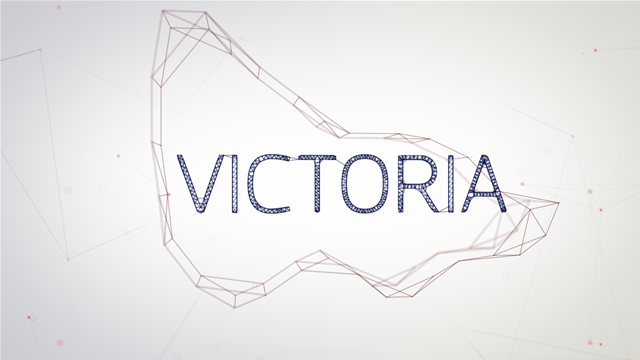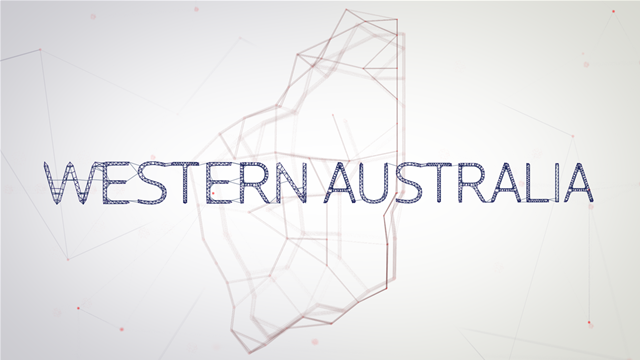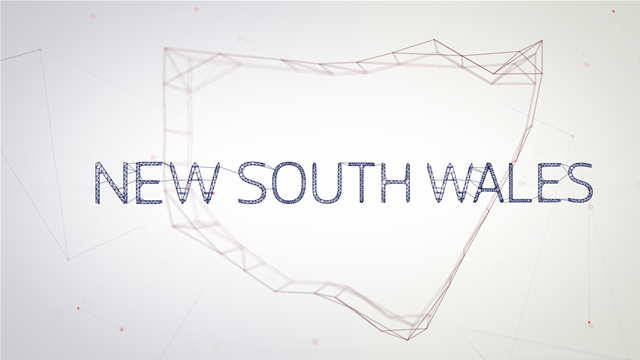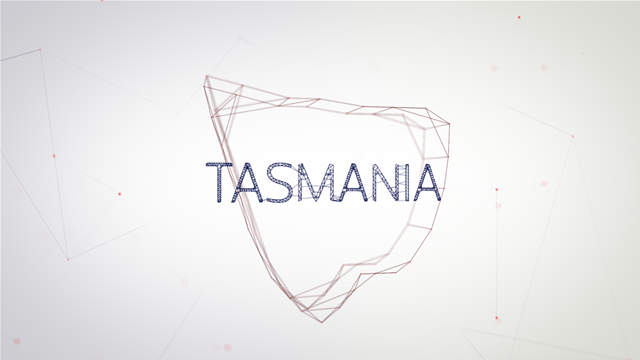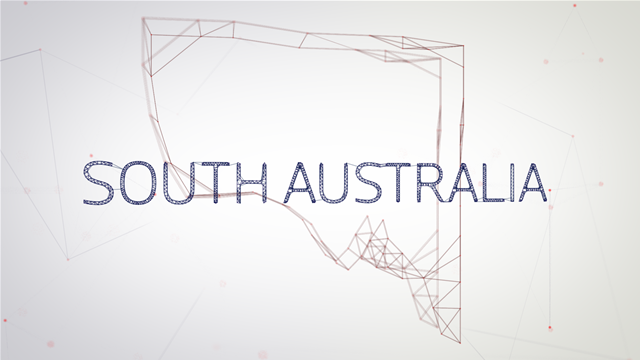

It’s shaping as a ‘November to remember’ for digital and ICT in Tasmania, with two key documents set to appear in that timeframe.
The next action plan under Tasmania’s ‘Our Digital Future’ digital strategy is anticipated for release, potentially coinciding with the Tasmanian Government ICT Summit. It’s been subjected to “a more comprehensive review” process than past plans, according to the Digital Strategy and Services (DSS) division of Tasmania’s Department of Premier and Cabinet.

The extra attention is partly due to the digital strategy having its roots back in mid-2020. While it “still stands up well,” Tasmanian government CIO Justin Thurley says, some of the big action items are either complete or in need of “reconceptualisation”, as the conversation or strategic direction for them has evolved.
Priorities around developing a whole-of-government digital capability roadmap, developing frameworks for data and information management, harnessing digital to improve the delivery of frontline government services, uplifting cyber security and driving digital inclusion, all remain current, but DSS is keen for the next action plan to look beyond current actions against each domain, and to address the question of what direction to take each domain in next.
Coinciding with the tabling of a new action plan, the government could also be in a position to share details of its next cyber security strategy in the same November timeframe, subject to approvals. The current four-year cyber security strategy has been in place since 2020/21 but is due to end in 2024.
A consultation draft of the next strategy was presented to industry at the Tasmanian ICT Industry Cyber Conference in August 2023 and, according to DSS, “a final document is expected to
be in place by November, subject to appropriate endorsements.” Unlike the previous strategy, it is intended that the new strategy will be a publicly-accessible document.
Common core ICT platforms
A key finding of the Tasmanian State Service Review or TSSR, which made its final report in late 2021, was of a lack of standardisation of core business systems used by departments and agencies. The effect of this inconsistency, among other things [pdf], is process inefficiency, reduced collaboration, additional cost and challenging visibility, both across government and even inside of single departments.

The TSSR recommended a new approach: what it called a “platform-based functional leadership model”. Under this model, a single agency would take responsibility for developing a platform that it would use initially, before offering it to other agencies as well. “Those who are best at it deliver it, and then [DSS] manage and control the service centrally,” Thurley explains.
DSS notes that the model is “notionally similar to a whole-of-government enterprise architecture framework or more concisely a domain capability model expressed as a set of directions and roadmaps for the high-level domains.”
Once momentum builds, the result could be a marketplace or service catalogue of whole-of-government platforms, spanning HR, finance, content management, service management, CRM, identity, data, cyber security, infrastructure services and more. “I think that will be really profound,” Thurley says.
The Tasmanian Government has endorsed the concept and work on it started in July 2022. Recognising that it will take time to establish, an “interim work program for whole-of-government digital and ICT” has been established and is running concurrently.
“A number of flagship and enabling whole-of-government initiatives” are being pursued under five portfolios or themes: digital services, common systems and platforms, data and information management governance, cyber security resilience, and digital and ICT workforce capability development. Details of this work were first presented to industry at the Tasmanian Government ICT Summit at the end of 2022.
Common systems and platforms work in this context is communications and network-oriented. It includes an in-progress digital communications transformation program that is likely to lead to more partner-delivered services, and a WAN modernisation that will see the adoption of software-defined wide area networking (SDWAN) technology.
A period of elevated investment
The Tasmanian government has put an elevated investment amount behind digital and ICT programs over the past two years: $68.7 million in 2022-23, and $78.6 million in the current financial year. Funding is anticipated to remain around that level over the forward estimates, with two years at $74.1 million, growing to $85 million in 2026-27.

The funds are largely concentrated around a few key programs of work: the Digital Transformation Priority Expenditure Program, the Digital Health Transformation Program and Project Unify with the Department of Police, Fire and Emergency Management.
The Digital Transformation Priority Expenditure Program includes a portfolio ICT investment including – Justice Connect, PlanBuild Tasmania, Registration to Work with Vulnerable People, Public AccountReporting and Management Information System (PARAMIS), Fisheries Digital Transition Project, PWS Statewide Booking System, Cyber Hubs, Common Ticketing, Skills Tasmania Data Systems and Service Tasmania Digital Portal.
The actual spend on ICT and digital is much larger, because the above investment amounts do not cover ongoing operational expenditures for agency ICT service delivery.
Case study: TasGRN goes live
A major milestone was reached in July when the Tasmanian Government Radio Network (TasGRN) was declared operational, after several years of work and $763 million. It is expected to be “fully operational” in November.
The project - as noted by Minister for Police, Fire and Emergency Management, Felix Ellis - has made Tasmania “the first jurisdiction in Australia to have all emergency services operating on a single, secure radio network.” Built by Telstra and Motorola Solutions, it will be used by Tasmania Police, Ambulance Tasmania, Tasmania Fire Service, Tasmania SES, Department of Natural Resources and Environment, Sustainable Timber Tasmania, TasNetworks and Hydro Tasmania.
Previously, different emergency response agencies could not easily talk together in the field, which limited coordination and also posed a risk to community safety, the minister said.
Generative AI guidelines imminent
The Tasmanian government is “currently developing interim guidelines for the responsible and ethical use of AI, specifically in the context of generative AI and large language models (LLMs)”. The guidelines are expected to be in place by the end of October 2023.
As with all other jurisdictions, Tasmania is also collaborating with the Commonwealth and other states and territories to establish a nationally consistent approach to the assurance of government use of AI.
Future cyber security operations centre

The Tasmanian Government currently makes use of Telstra’s cyber security operations centre (CSOC) to monitor and respond to network events and incidents as part of the Networking Tasmania Agreement.
But the government has undertaken its own “exploratory work on the conditions and requirements for the successful implementation of a full scale centralised CSOC”.
Through that exploratory work, it was determined that other capabilities needed to be in place before going down the path of standing up its own CSOC.
“Our cyber-hubs initiative is expected to bring us closer to a broader scale CSOC implementation in the future,” a spokesperson said. Up to four “sector-based” hubs will be stood up using funds from this year’s budget. The model, according to budget documents, is intended to create “a sustainable whole-of-government functional leadership model for cyber security services.”
Creating a pipeline of cyber security skills is also considered important precursor work. “A critical factor has also been sourcing the talent and skills to operate a full centre in Tasmania, either by government or commercially,” a spokesperson noted. Some action is already underway in this regard;
In November last year, TasTAFE partnered with Cisco on a cyber security operations centre that is being used to train up a future cyber workforce. The centre is now operational, and was training its first cohort of learners at the time of writing.
Scorecard
| Does Tasmania have a digital strategy? Is it up-to-date (i.e. released in the last two years?) | Yes |
| Does Tasmania have a cloud strategy? Is it up-to-date (i.e. released in the last two years?) Does it contain a cloud-first or cloud-only approach to new projects? | Yes |
| Does Tasmania have a cyber security strategy? Is it up-to-date (i.e. released in the last two years?) | Yes. A new strategy is being worked on |
| Does Tasmania have an AI (including generative AI/LLM use) strategy? Are there plans to update or issue a specific strategy around generative AI and LLM use? | Under development |
| Is there a specific whole-of-government ICT/IT strategy (as distinct from your digital strategy?) | Yes |
| Does Tasmania have a minister responsible for digital – or a minister with clear IT authority? | Yes |
| Does Tasmania mandate cyber security training for all public servants? | Yes |
| Does Tasmania have a whole-of-government CIO (or equivalent) and a steering committee of CIOs? | Yes |
| Does Tasmania have clear policies for cyber security, cloud, data and privacy? | Yes |
| Is Tasmania taking steps to address issues with traditional CapEx/OpEx IT funding models? | Yes |
| Is Tasmania monitoring the progress of IT and digital projects after sign-off? | Yes |
| Is Tasmania aware of what needs fixing with respect to whole-of-government IT policy and procurement? | Yes |
| Does Tasmania have a cyber security operations centre? | Uses Telstra CSOC, building towards its own |
| Does Tasmania have a central service delivery agency and is it working to improve digital interactions? | Yes |
| Is Tasmania building in-house digital skills? | Yes |
| Does Tasmania have a small to medium enterprise (SME) buying policy? Is there a percentage target for the amount of government IT budget to be spent with SME-sized providers? | No |
| Has Tasmania developed any digital services that are being used by other states/territories? | No |
State Champions
The iTnews State Government Champions have worked closely with the governments throughout Australia. Their processes have enhanced the way our state governments are able to deliver their services to the people of Australia.
We are proud to present the 2023 State Government Champions, and we will showcase the work they are doing in the coming days.



